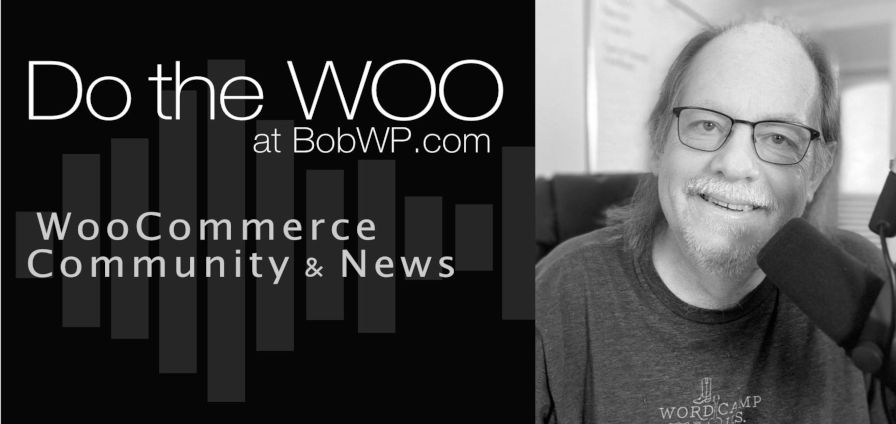Finding a free BuddyPress theme for your online community is a lot easier than you think.
Because, as we state in our Complete Guide To BuddyPress For WordPress, the vast majority of regular free WordPress themes work just fine as a BuddyPress themes:
A few years ago, you could only use a BuddyPress-compatible theme if you wanted to run BuddyPress, and if you wanted to use the plugin with your own theme, you’d have to add some extra theme template files to make BuddyPress work. If you’ve been told that you still have to do this, don’t worry: you don’t. Since version 1.7, BuddyPress will work with any well-written theme, although there will always be some themes whose layout and design suit BuddyPress better than others.
So, if you’re searching online for free BuddyPress themes and are having a hard time finding themes that are still supported, don’t worry.
Many WordPress themes will work with your BuddyPress installation!
Free WordPress Directory BuddyPress Themes
And to help you out we did a search for “BuddyPress” in the free WordPress theme directory, found the ones we liked, installed and tested them with BuddyPress and hereby present them to you, updated for 2020:
Navolio Light

As the name implies, Navolio Light is a very light theme. This free WordPress theme is responsive, cross-browser compatible, and SEO friendly. Although the theme’s description states that the theme comes with “lots of highly created features,” beautiful slider section, featured post column, footer options, sidebar options, site design options and many more, when used with BuddyPress, we found little to no customization options available and a very narrow area to display your site title and tag line, as you can see in the demo screenshot.
Choose this theme if you want a very simple and modern-looking BuddyPress site with no distracting features.
Carton

If you want to display your activity stream prominently on your site, choose the free Carton WordPress theme. You can adjust the width of your sidebar and content column in the customizer, select a background color, add a header graphic, background image, and configure menus and widgets.
The theme also integrates with the BuddyPress Nouveau templates to customize your layouts, navigation, component directories, and more directly in the WordPress Customizer.
Spacious

Spacious is a free WordPress Theme you can use with BuddyPress for a clean-looking site or blog. The theme includes a number of customization options that allow you to tweak its design. These options include a slider, boxed and wide layouts, light and dark color skin, and various widgets. The theme is WooCommerce compatible, translation-ready, and offers RTL support.
A Pro version is available with additional features, including unlimited slides, support for Google Fonts, font size options, 35+ theme colors, social icons, header text, footer copyright editor, additional custom widgets, and many other features.
Square

Square is a free WordPress theme that features an angular and minimal design suitable for business or corporate-themed BuddyPress sites. The theme is WooCommerce-ready, flexible, responsive, compatible with all browsers and devices, and offers a number of customizable features, including general settings, colors, menus, widgets, social icons, BuddyPress Nouveau settings, and more. A Pro version is also available with many additional features, such as video background, sliders, mega menu, and advanced settings and layouts.
Woostify

Woostify is a lightweight theme that integrates WooCommerce with BuddyPress and can be used to offer products to your online community. The theme lets you customize various features via the Theme Customizer, such as layout, color, buttons, menus, widgets, and BuddyPress Nouveau settings, and works with page builders like Elementor, Beaver Builder, SiteOrigin, Thrive Architect, Divi, and Visual Composer.
If BuddyPress with eCommerce is what you’re after, the theme’s Pro version offers additional features to enhance eCommerce functionality on your site, such as a mega menu, Ajax WooCommerce search, size guide, advanced shop widgets, ‘Buy Now’ buttons, countdown urgency, and sale notifications.
Free BuddyPress Themes Are Everywhere
As explained earlier, most WordPress themes by default are BuddyPress-compatible nowadays. You just need to experiment a little. Install a theme you like and see how it looks on your BuddyPress activity and members’ pages. Some themes allow you to customize and configure settings, some themes offer more limited customization options, and some will just be plainly not suitable for use with BuddyPress.



 In one of the latest freelance projects of mine, my client prefers
In one of the latest freelance projects of mine, my client prefers  Introduction
Introduction